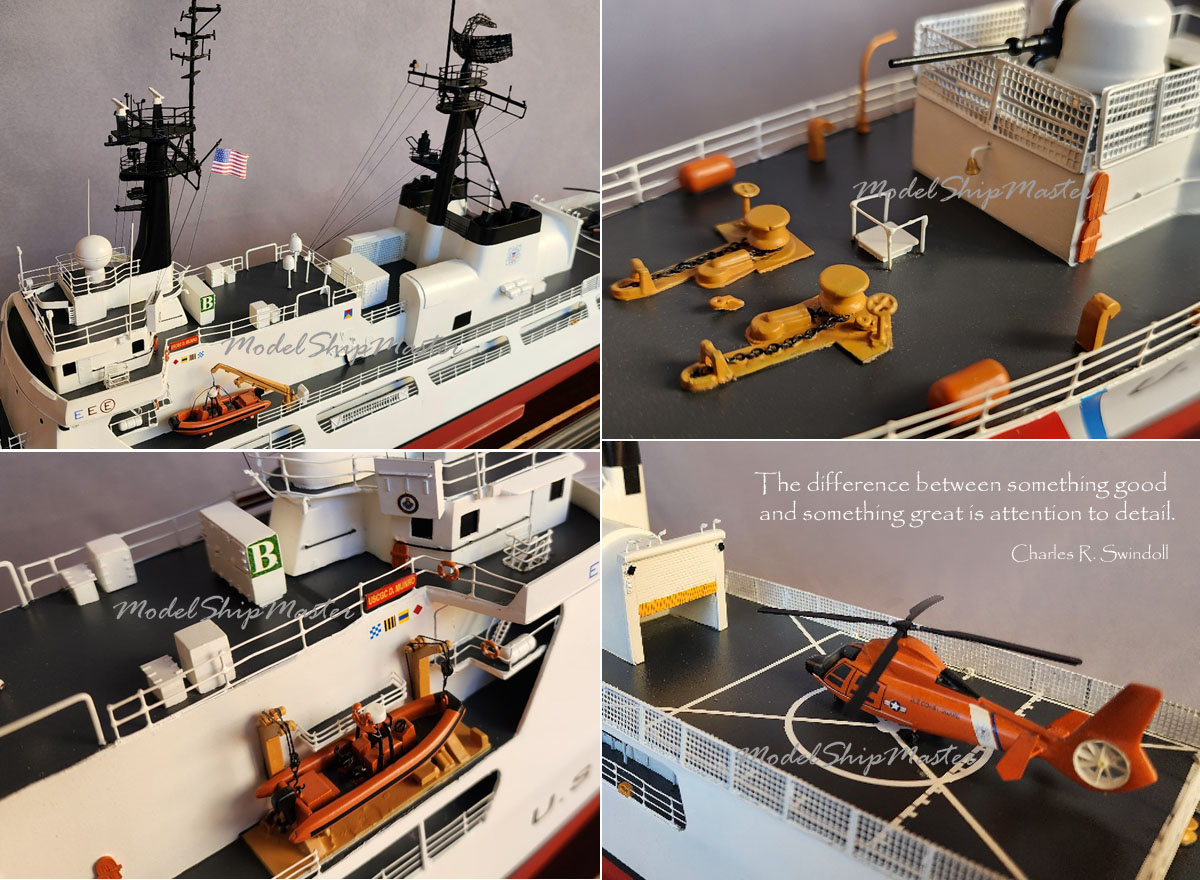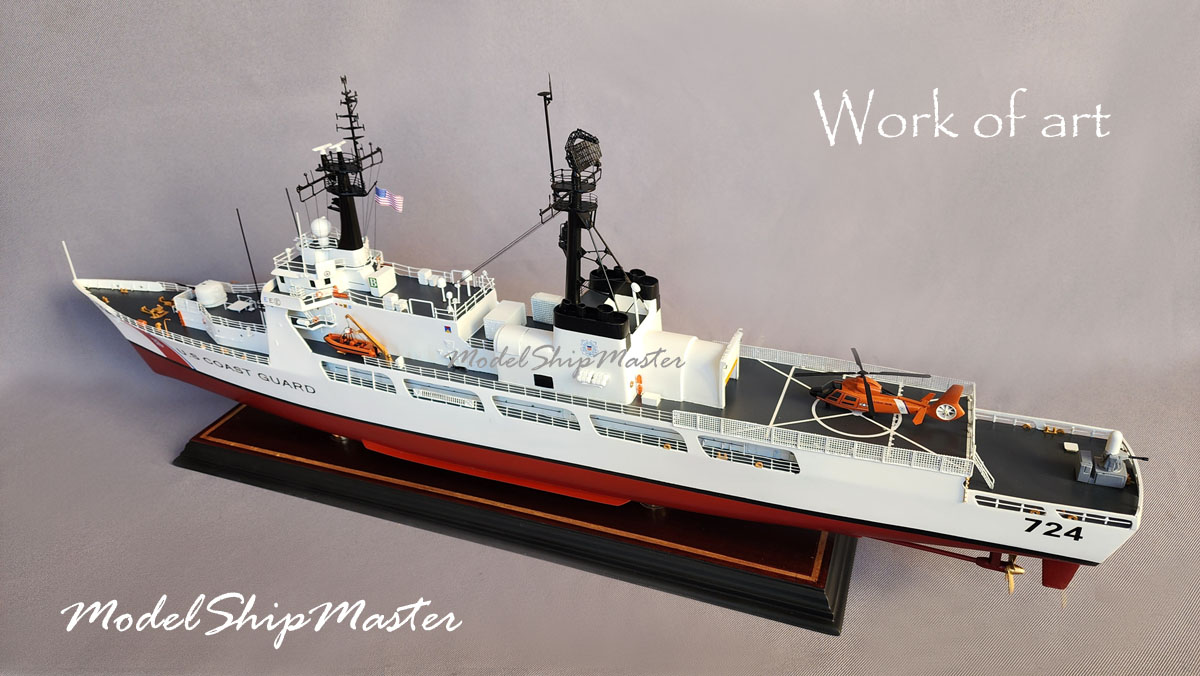|
COAST GUARD CUTTER MUNRO WHEC-724

The
Douglas Munro was the Coast Guard’s last remaining
378-foot Hamilton-class high endurance cutter. The fleet
of high endurance cutters was replaced by 418-foot
Legend-class cutters, which serve as the Coast Guard’s
primary long-range asset.
Commissioned in 1971, the Coast Guard ship Douglas Munro was the tenth of
twelve high endurance cutters built for long-range
missions, including maritime security roles, drug
interdiction, illegal migrant interception and fisheries
patrols. She served the Coast Guard for 49 years.
The
cutter's namesake is Signalman First Class Douglas
Albert Munro, who was awarded the Medal of Honor for
acts of extraordinary heroism during World War II. Munro
was in charge of an eight-craft amphibious landing force
during the Guadalcanal Campaign. Munro bravely used his
landing craft and its .30 caliber machine gun to shield
and protect several hundred Marines who were under heavy
enemy fire. He was mortally wounded during this effort,
but his actions allowed for the Marines to be extracted
by other landing craft. For these actions Munro was
posthumously bestowed the Medal of Honor, making him the
only person to receive the medal for actions performed
during service in the Coast Guard.

The Munro
cutter has served in a multitude of domestic and
international theaters including the Bering Sea and Gulf
of Alaska, Persian Gulf and Horn of Africa, and
Southeast Asia and the Eastern Pacific. The ship
also patrolled the Pacific for decades as an enforcer of
fisheries regulations. In 1998, Munro discovered and
seized over 11.5 tons of cocaine from a Mexican flagged
vessel in what remains to this day one of the largest
single drug seizures in Coast Guard history. The
following year, Munro’s crew seized the motor
vessel Wing Fung Lung, which was attempting to transport
259 illegal Chinese migrants to the United States.
In early
2005, at the beginning of a six-month, 37,000 mile
global circumnavigation that included support to
Operations Iraqi Freedom and Enduring Freedom, the crew
of the Munro cutter was diverted to render assistance to
countries affected by the Indian Ocean tsunami on
December 26, 2004.
The legacy
of the Coast Guard cutter Munro was epitomized on March 23, 2008 when
the ship’s crew and their embarked MH-65 Aviation
Detachment worked with a forward deployed Air Station
Kodiak MH-60 helicopter crew to recover 20 survivors
from the fishing vessel Alaska Ranger that sank in the
Bering Sea early that morning. The 17th Coast Guard
District commander at the time of the rescue, Rear Adm.
Arthur Brooks, declared it "One of the greatest search
and rescue efforts in modern history.”

This primarily wood
Coast
Guard
Munro
ship
model
is 36" long. It
was commissioned in 2024 by the
Coast
Guard Museum Northwest as a replacement for a Munro model which
will be
transferred to the
future
USCG Museum
in New London, CT.
"Just got
off the phone with Captain Davis at CG Museum NW in
Seattle... He wanted me to tell you that he is thrilled
with the end product. How much? Good question! He is
eager for CG Museum New London to come and pick up the
Contractor's Build model of the Hamilton (Yes the
original Contractor's build model from the 1960's) so
your Munro can take its place. I have no more contracts
to offer you as of yet, but I promise to put a good word
for you with CG Museum New London when they check out
your work in Seattle. You are number one on the list for
any future construction. Many thanks for your fine work.
Respects and regards, Charles Bowman, BM1, USCG
(retired)"
Learn more about the USCGC Munro (WHEC-724) here:
https://www.pacificarea.uscg.mil/Our-Organization/Cutters/cgcDouglasMunro/
|